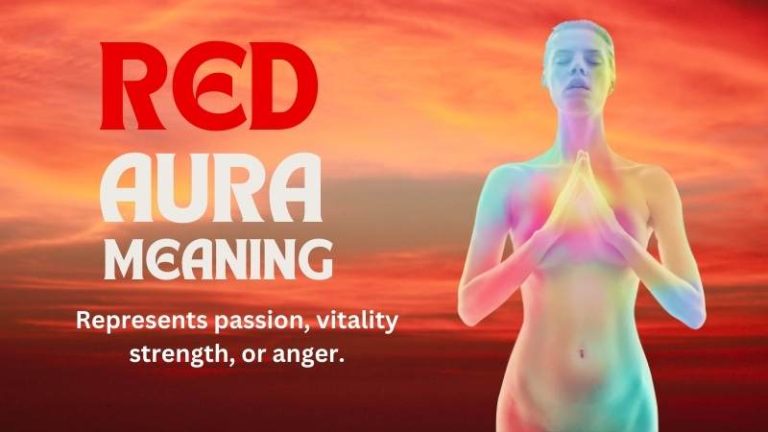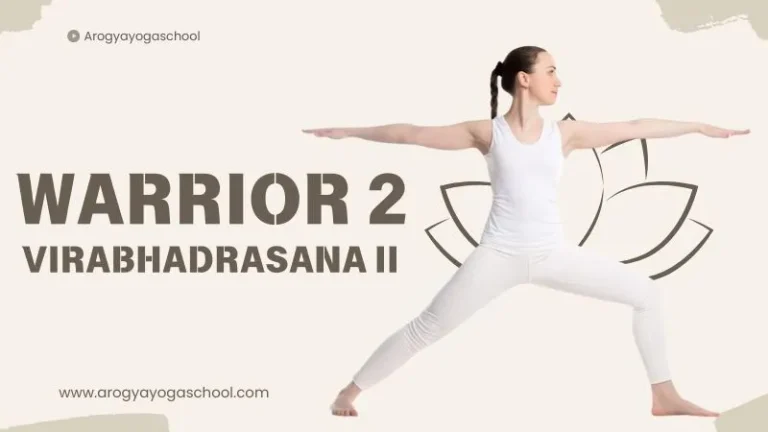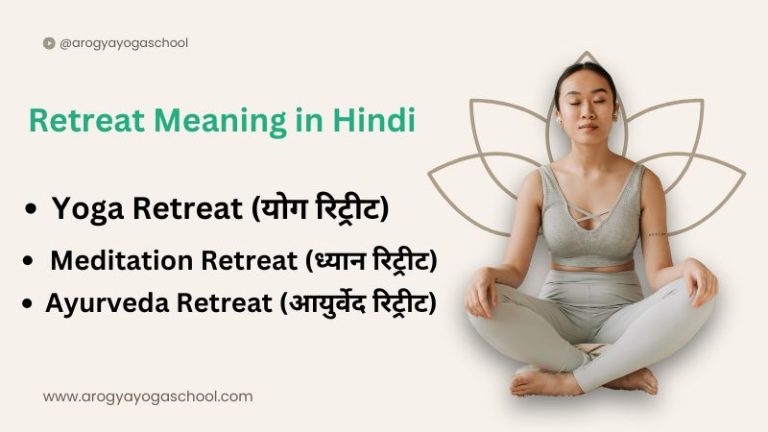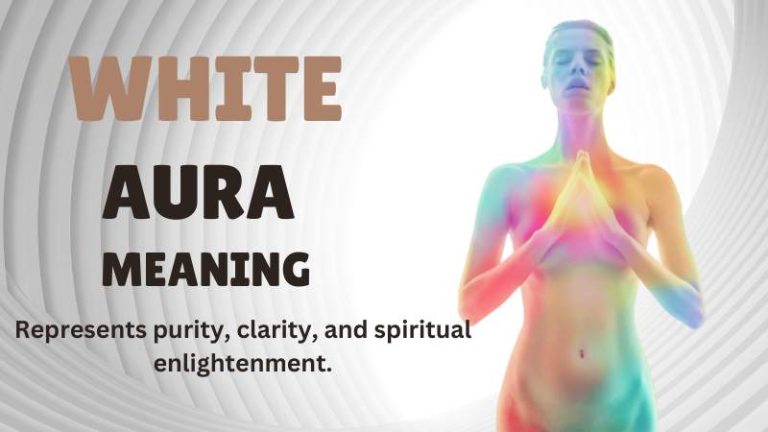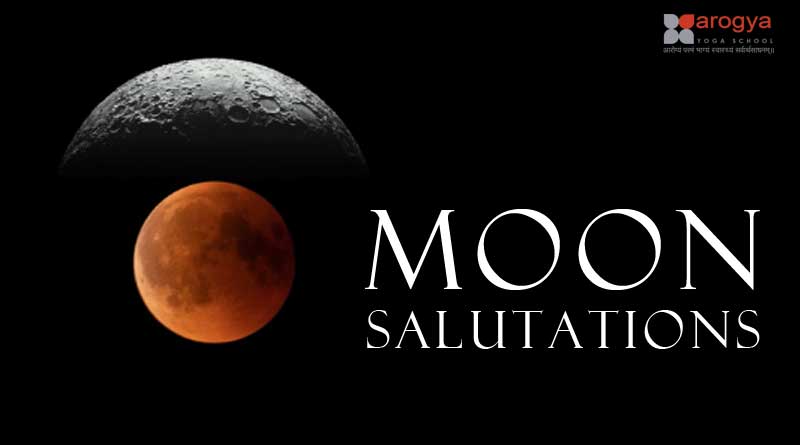
Table of Contents
Moon salutations, also known as Chandra Namaskar in Sanskrit, are a series of yoga poses or asanas that are performed in a flowing sequence to honor and connect with the energy of the moon. Moon salutations are often considered a gentler counterpart to the more well-known sun salutations (Surya Namaskar), which are performed to energize and awaken the body.
The exact sequence and variations of moon salutations can vary depending on the yoga tradition or teacher. However, they generally involve a combination of standing, balancing, stretching, and grounding poses. The movements are typically slower and more fluid, reflecting the calming and introspective qualities associated with the moon.
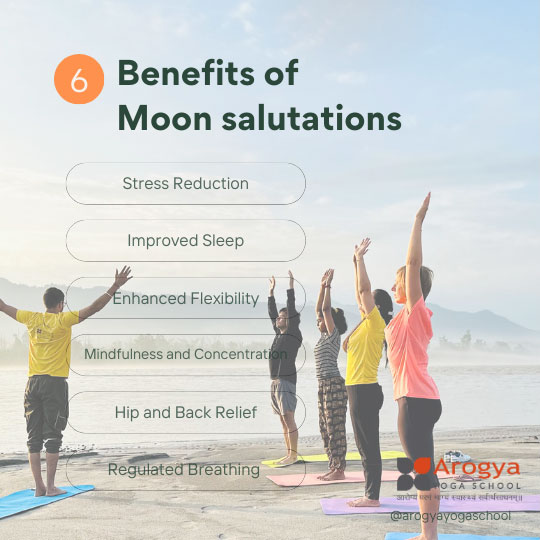
Moon salutations are often performed in the evening or during times when the moon is visible in the sky. The practice is believed to help cultivate a sense of relaxation, balance, and inner peace. It can be particularly beneficial for calming the mind, releasing tension, and promoting a sense of surrender and acceptance.
While moon salutations have their own unique flow and poses, they often incorporate elements from traditional sun salutations. However, in moon salutations, the focus is more on opening the side body, creating gentle twists, and promoting a sense of cooling and soothing energy.
Yoga poses or asanas included in moon salutations
While Sun Salutations are typically performed in the morning and are associated with energizing and activating the body, Moon Salutations are often practiced in the evening or during a more calming and reflective practice.
The specific poses in a Moon Salutation can vary, but a common sequence may include poses such as:
Typically involve a series of poses that flow together in a sequence. Here are some of the common poses or asanas included in moon salutations:
basic step-by-step guide for a simple Moon Salutation sequence
- Mountain Pose (Tadasana): Stand tall with your feet together, grounding through your feet and lengthening your spine.
- Standing Crescent Pose: Inhale and reach your arms up overhead, interlacing your fingers and pressing your palms towards the sky. Gently lean to one side, creating a crescent shape with your body.
- Forward Fold (Uttanasana): Exhale and fold forward, allowing your upper body to release and your hands to come down towards the floor. You can bend your knees if needed.
- Halfway Lift (Ardha Uttanasana): Inhale and lengthen your spine, coming into a halfway lift position with your hands on your shins or fingertips on the floor.
- Low Lunge (Anjaneyasana): Step your left foot back into a lunge position, with your right knee directly above your right ankle. Lower your left knee to the floor, untuck your toes, and lift your chest.
- Extended Triangle Pose (Utthita Trikonasana): Straighten your front leg and extend your right arm forward, reaching towards the right foot. Your left arm can be extended upward or rest on your left hip.
- Standing Half Moon Pose (Ardha Chandrasana): Bend your right knee and shift your weight onto your right foot. Extend your left leg straight behind you while reaching your left arm towards the sky. Find balance and stability in this standing balancing pose.
- Goddess Pose (Utkata Konasana): Step your left foot back to meet your right foot and turn both feet out at an angle. Bend your knees and sink into a wide-legged squat, bringing your arms out to the sides or overhead.
- Wide-Legged Forward Fold (Prasarita Padottanasana): Straighten your legs and fold forward, bringing your hands to the floor or using blocks for support. Allow your head and neck to relax.
- Tree Pose (Vrksasana): From the forward fold, shift your weight onto your right foot and bring your left foot to your right ankle, calf, or inner thigh. Find your balance and bring your hands to your heart center or extend them overhead
Health benefits of Moon salutations
Moon Salutations (Chandra Namaskara) in yoga are often associated with calming and cooling effects on the body and mind. While scientific research specifically on Moon Salutations is limited, the individual poses within the sequence have known health benefits, and performing them in a mindful sequence may contribute to overall well-being. Here are some potential health benefits:
- Stress Reduction: Moon Salutations involve slow, deliberate movements and deep breathing, which can help activate the parasympathetic nervous system, promoting relaxation and reducing stress levels.
- Improved Sleep: The calming nature of Moon Salutations may help regulate the nervous system and contribute to better sleep.
- Enhanced Flexibility: The sequence includes a variety of stretches and poses that target different muscle groups, promoting flexibility and joint mobility.
- Mindfulness and Concentration: The slow, deliberate movements of Moon Salutations encourage mindfulness and present-moment awareness. This can contribute to improved concentration and mental clarity.
- Gentle Exercise: Moon Salutations offer a gentle way to move the body, making them accessible to individuals with various fitness levels or those recovering from injuries.
- Hip and Back Relief: The flow includes poses like Low Lunge, which can help stretch and release tension in the hips and lower back, areas often prone to tightness.
- Regulated Breathing: The synchronization of breath with movement in Moon Salutations promotes mindful breathing. This can enhance respiratory function, increase lung capacity, and improve overall breathing awareness.

